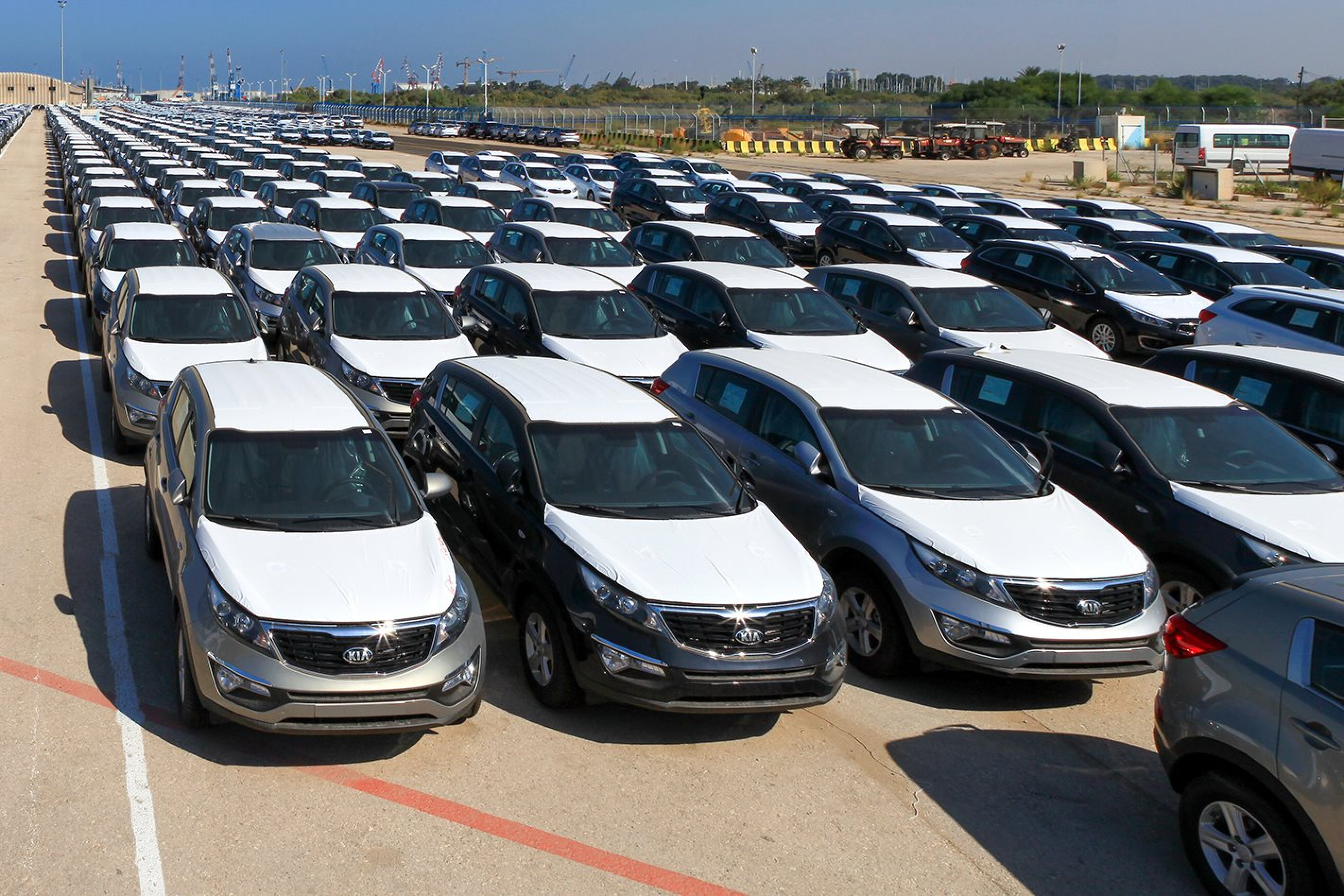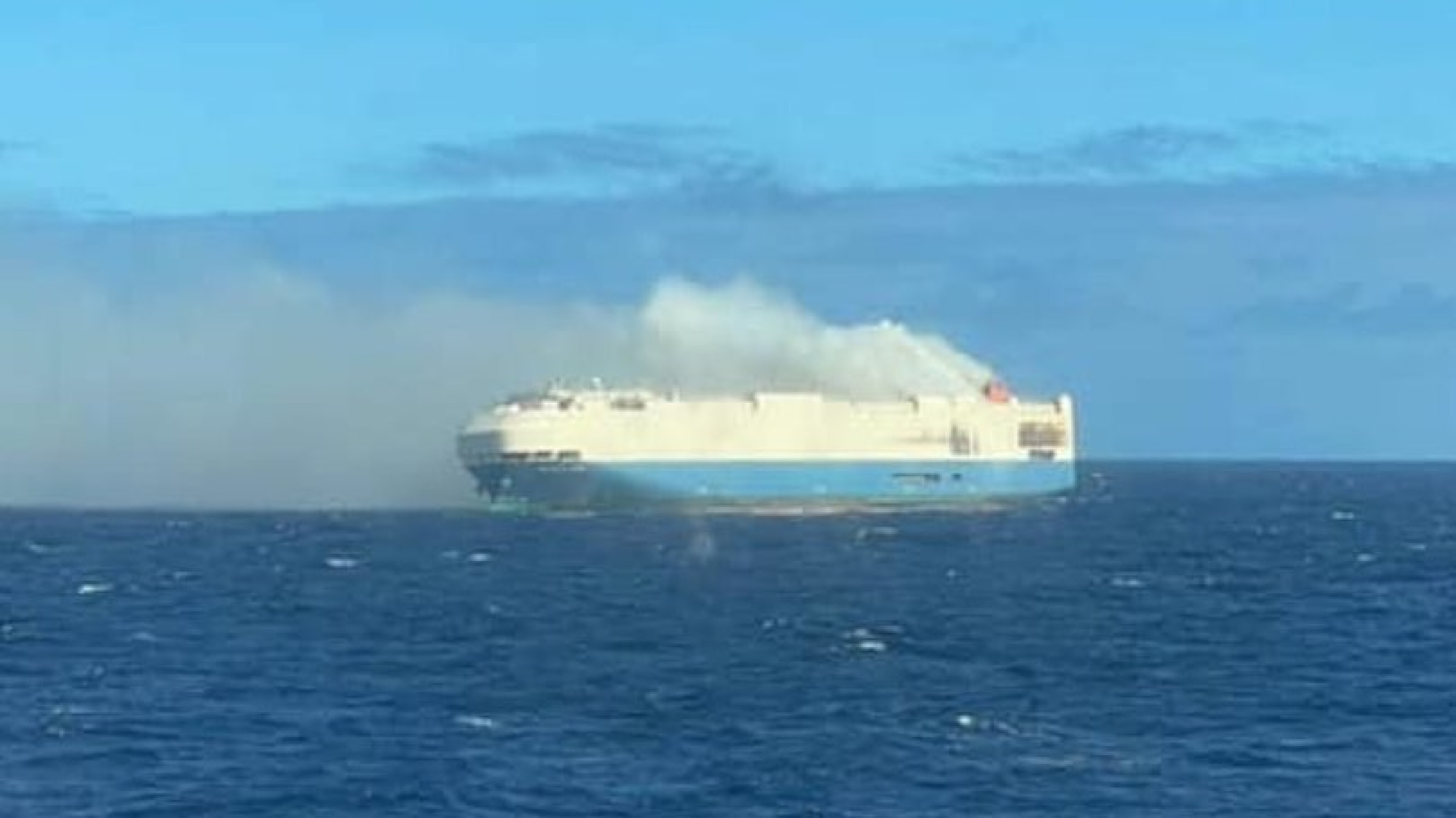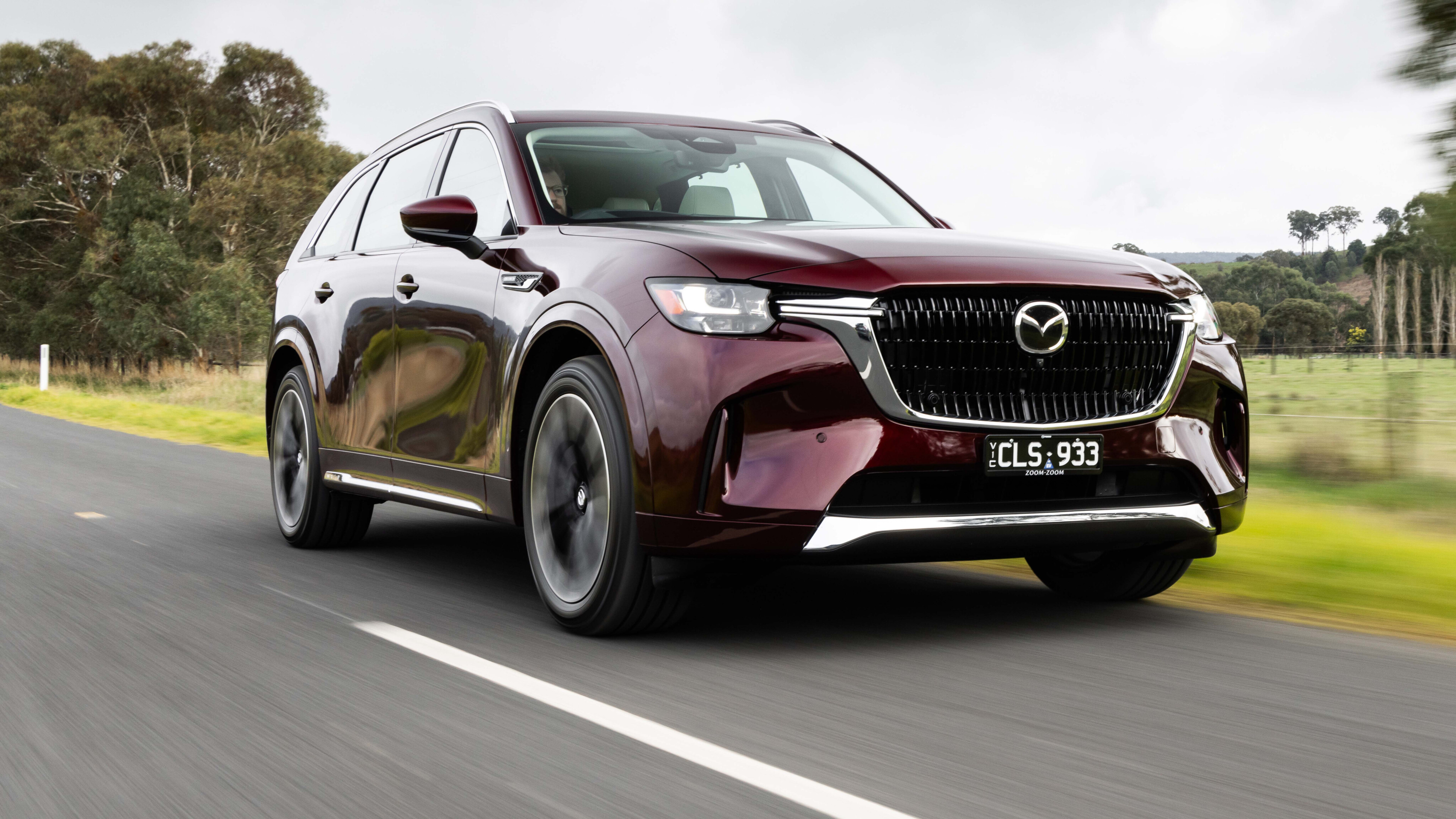Respite – among many, many other things, is in short supply these days. While the global semiconductor shortage is now morphing into a global semiconductor glut, a new scarcity issue is taking over as the automotive industry’s number-one problem: ships.
“Securing components is still a challenge for the entire industry, but it's not as bad as it used to be,” Mazda Australia managing director Vinesh Bhindi told Wheels at the Australian launch of the new CX-90. “However, the biggest challenge right now is shipping logistics, the relative availability of ships.”
“Many of the shipping lines retired their ships during the lockdowns and when you retire [a ship], they go to scrap metal. It’s not like aircraft, where you can park them in the desert, then dust them off and bring them back online.”
Editor's note
Editor's note
Mere hours since this story was filed, Ford Australia has revealed that it now has an exclusive three-year lease on a vehicle carrier ship to address this exact issue. Read about that here.

Despite being a critical part of the global economy, shipping lines have traditionally operated on razor-thin profit margins, their ledgers often dipping into the red.
Idling a ship simply isn’t viable – if it’s not in motion and carrying cargo, a freighter’s owner is actively losing money, as the costs of keeping a ship running and maintained as well as keeping its crew fed and paid are massive and constant.
While the need for seafreight exploded after COVID lockdowns began, taking seafreight profit margins to record heights, the slowdown in vehicle production due to component supply constraints and locked-down auto workers meant car-carrying ships were left twiddling their thumbs.

In the last quarter of 2020, 30 car carriers were carved up by the scrappers gas axe.
By mid-2020 a third of the global car carrier fleet – between 220 and 250 ships - were either idled or laid up, and for many operators of those ships the only fiscally feasible solution was to send them to the scrapper early. In the last quarter of 2020, 30 car carriers were carved up by the scrappers gas axe.
Recent high-profile hull losses haven’t helped either. In July of this year, the carrier Fremantle Highway caught fire with eight of its twelve cargo decks gutted by flames, while in 2022 the Felicity Ace sank in the Atlantic after it was immobilised by fire, taking around 8000 vehicles to the seabed with it.
Pre-pandemic losses didn’t help either, with four car carriers sinking in 2019 alone.

On top of that, higher volumes of Chinese vehicle exports combined with a general across-the-board recovery in global car production mean the ships that have remained seaworthy are now well and truly overtaxed.
With fewer ships than ever to take their cars to market, the world’s car-exporting nations are struggling to fully satisfy the pent-up demand for new vehicles that’s been building since the beginning of the pandemic.
More than 130 new car carrying ships have been ordered since 2020, but according to current estimates it’ll be at least a couple of years before the fleet is ‘right-sized’.

Some manufacturers like MG are even turning to freighting cars inside regular shipping containers so they can be loaded as conventional cargo
Scarcity of ships also means it’s now much more expensive to freight a car by sea: in April this year, it was reported that the cost of chartering a pure car and truck carrier hit a new high of AUD$163,000 per day, up from a pre-pandemic average of around $25,000.
Some manufacturers like MG are even turning to freighting cars inside regular shipping containers so they can be loaded as conventional cargo, such is their desperation.
“Rather than semiconductors, ships are the new bottleneck, I would say.” Those are the words of Mitsuru Wakiie, program director for the new Mazda CX-90. “I’m not an expert in logistics, but according to the logistics people during the COVID pandemic many vessels were scrapped.”

According to Wakiie, Mazda’s Japanese plants are back to full capacity, and the disruptions of semiconductor scarcity and COVID outbreaks are now well behind it.
Mazda’s factories are back to full capacity, but the challenge of shipping cars to their new homes is one that has no easy short-term solution.
“We can build vehicles, and we have lots of vehicles in the port, but we cannot find the vessels, the boats, to ship those vehicles – that is an issue that we need to overcome.”
COMMENTS